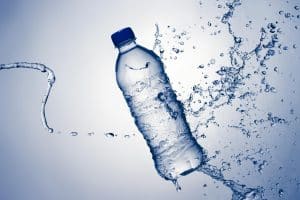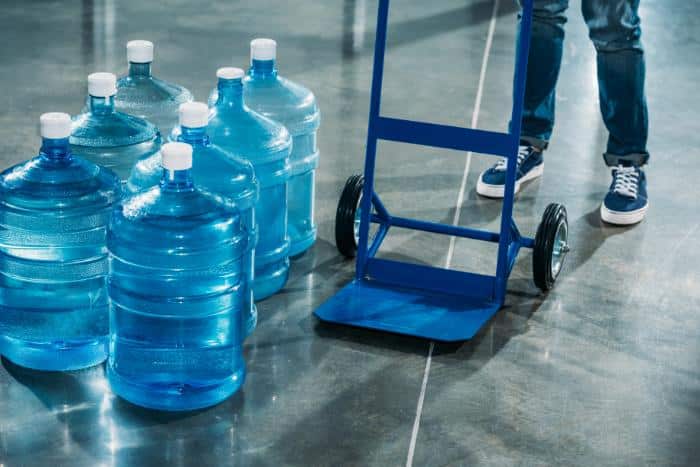How Do Water Filtration Systems Work?
Water filtration systems work by removing impurities from water and allowing clean water to pass through. They do this by trapping sodium and magnesium ions. These minerals are then released. This is an effective method for cleaning water in home and businesses. It’s also an affordable way to clean water in large quantities.
(For well water testing services, contact us today!)

Reverse osmosis
A reverse osmosis water filtration system provides a healthier source of water for drinking and cooking. They are one of the most effective methods of water filtration available. However, it is important to pre-treat the water before using the reverse osmosis system. This will prevent unnecessary degradation of the RO membrane, which can cause fouling, scaling, and even membrane failure. Additionally, improper pre-treatment can result in additional cleaning of the system.
Large industrial/municipal systems recover 75% to 80% of the feed water. The reverse osmosis process requires high pressure to remove contaminants effectively. However, as the feed water becomes more concentrated and the pressure is increased, effective contaminant removal rates decrease. Therefore, pre-filtration of high-fouling waters has been evaluated since the 1970s. However, this method requires two membranes and adds to the cost and energy consumption.
Sediment filters
Sediment filters in water filtration solutions keep water clean and fresh. They remove toxins, sediments, and other particles that can ruin the taste of water. Even though these particles are small, they can impact the taste of water. That is why water bottle companies add minerals to their water to improve the taste.
There are different types of sediment filters, and some are more effective than others. These filters use a specialized chemical to filter out different sized particles, including sand. If ingested, these particles can cause serious health problems.
Activated carbon
Activated carbon water filtration systems work by absorbing the contaminants that enter the water. Like a sponge, carbon absorbs impurities and traps them in its pores. When activated carbon is present in water, it exerts a magnetic pull on the specific impurities in the water. As a result, these particles migrate to the carbon’s surface and are absorbed. Then, filtered water flows through the system to the next step in the filtration process.
Activated carbon is highly effective at removing contaminants from water because it has a high surface area and high porosity. A pound of activated carbon contains about 125 acres of surface area.
Ion exchange
Ion exchange is a process that uses exchange resins to remove dissolved ions from water. The exchange resins absorb specific ions and attach them to a different material called cation. This process removes most of the dissolved ions in water, but there are some limitations to this process. The capacity of an ion exchange system is limited by the number of exchange sites that are available on the resin bead.
One major disadvantage of this process is that it makes water more acidic, which can be unhealthy to drink and make it smell bad. This is why water pH levels should be tested. This helps determine which ion exchange process should be used. There are also many advantages and disadvantages to this method, and knowing them will help you decide if this method is right for your application.

